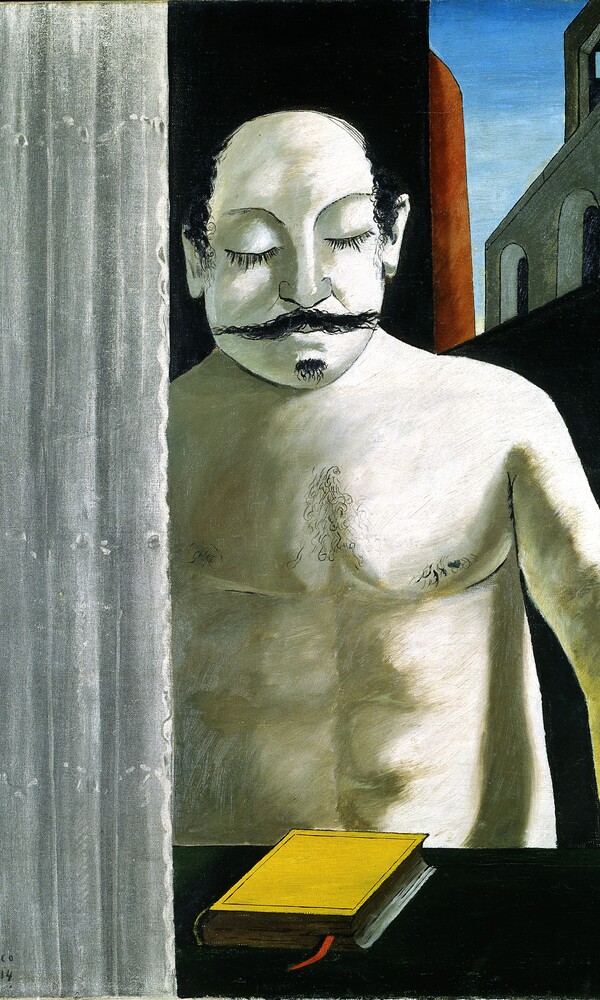With Magical Reality an exhibition is on display for the first time in Hamburg that features the Italian artist Giorgio de Chirico (1888-1978) who as the founder of the art movement coined »Pittura Metafisica« became one of the primary precursors of Surrealism and the New Objectivity.
The large-scale show of Metaphysical Painting is centred around a significant body of works created by de Chirico between 1909 and 1919. These iconic paintings of light-flooded, hauntingly empty squares – sites where time seems to have come to a standstill and the seemingly mundane is charged with new meaning – strike us today as particularly powerful and topical. The Hamburger Kunsthalle presents a selection of unprecedented quality and density of rarely travelled masterworks from over fifty collections worldwide: included are renowned American and European institutions such as the Museum of Modern Art and the Pierre and Tana Matisse Foundation in New York, the Art Institute of Chicago, the Chrysler Museum of Art in Norfolk, Virginia, the Menil Collection in Houston or the Philadelphia Museum of Art, the Peggy Guggenheim Collection in Venice, the Tate London and the Moderna Museet in Stockholm as well as private collections from Italy and Switzerland, among others. All in all eighty masterworks by de Chirico, Carlo Carrà, Giorgio Morandi, Alberto Magnelli, Alexander Archipenko, Pablo Picasso as well as Arnold Böcklin and Max Klinger are to be discovered in the show. Based on long-term research and fruitful cooperation among colleagues, this exhibition has been made possible even in times of crisis and despite the current restrictions imposed on us by the pandemic.
The exhibition features the mysteriously magical paintings by de Chirico – and in his wake Carlo Carràs and Giorgio Morandis – who strove to render visible a reality beyond appearances and thereby laid the foundation for a »different Modernism«. At the same time, it traces and reveals the sources leading to this new approach, including the cultural influences from various parts of Europe which the widely travelled Italian artist, born in Greece, drew upon: the Greek myths he grew up with; his interest for German philosophy, Friedrich Nietsche, for example, and with the major works of late German Romanticism during his studies in Munich; his experience of light and space on the squares of Italy; his encounter with the French avantgarde in Paris and, finally, his military service in Ferrara. Based on its exceptional holdings of works from the late German Romantic period, the Hamburger Kunsthalle is specifically able to illustrate the notable influences of Arnold Böcklin and also Max Klinger on de Chirico.
